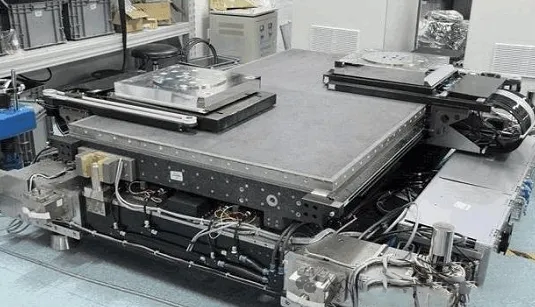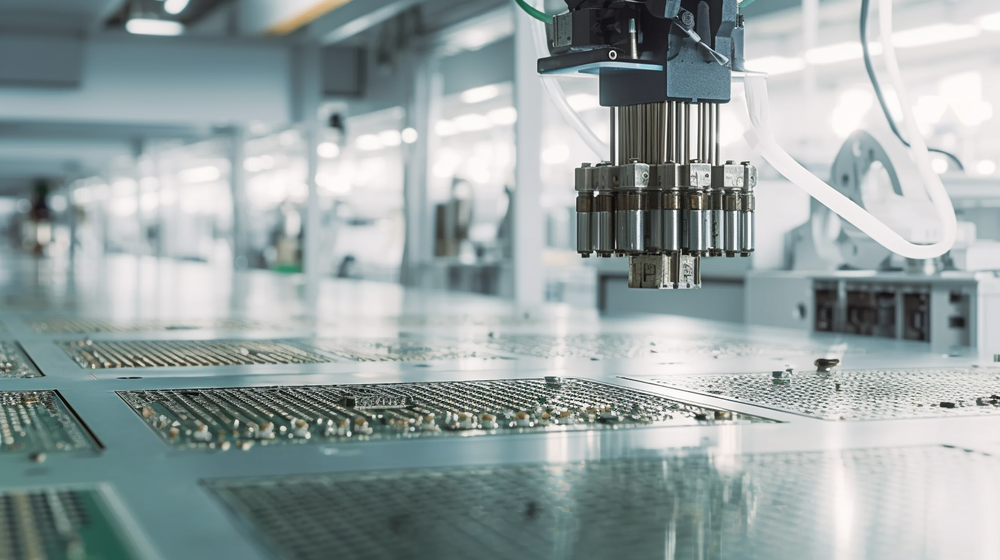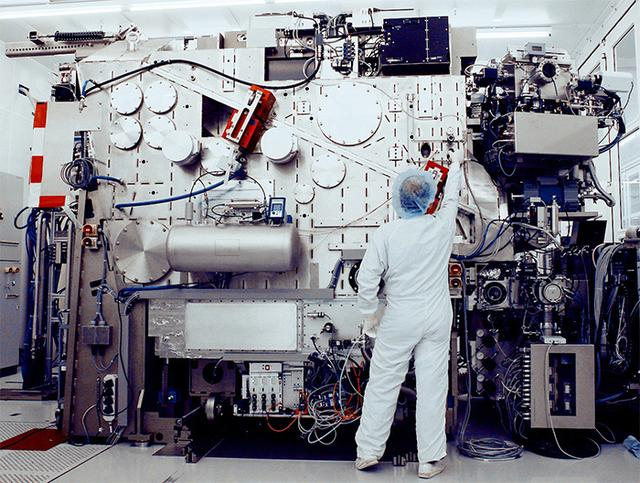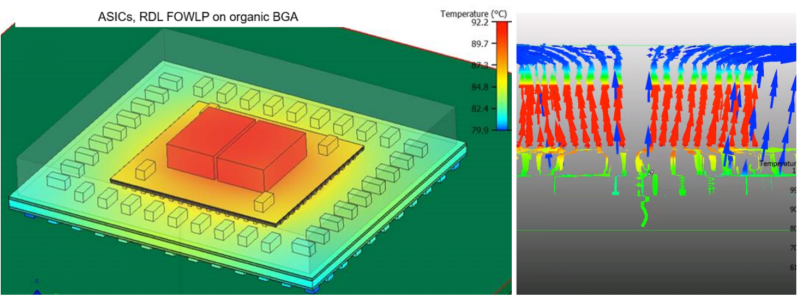Functional ceramics: key materials in the field of advanced modern science and technology
Functional ceramics have experienced a series of processes such as dielectric ceramics, piezoelectric ferroelectric ceramics, semiconductor ceramics, high temperature superconducting ceramics, etc. At present, it is widely used in microelectronics technology, electronic technology, laser technology, automation technology, optoelectronic technology, communication, environmental protection, energy and biomedicine and other fields, and has become an important functional material to promote the development of science and technology in China. At present, functional ceramics are further developing in the direction of intelligence, miniaturization, compound, multi-function and integration of materials, design and process.
Dielectric materials (including dielectric ceramics) are transparent
Miniaturization, low loss, compound, multi-functional and intelligent will be the development trend of new functional ceramic materials in the future. Due to the trend of light, thin and small development of electronic products, this requires that materials and losses must be smaller and smaller, when the size of the material reaches the nanometer level, the surface and quantum effects will be significantly strengthened, resulting in unique light, heat, electricity and other characteristics, so that the material produces some new functions. With the development of science and technology, the function of materials is becoming more and more demanding, and a single material is often difficult to meet, and comprehensive functional materials can be developed through ion doping, material composite and other means. Smart materials are a higher stage of functional ceramics development, which is the inevitable result of the needs of human society and the development of modern science and technology.
Dielectric ceramics
Dielectric ceramics refer to ceramic materials with a resistivity greater than 108Ω˙ m, which can withstand strong electric fields without being broken down. When used in electrostatic field or alternating electric field, its performance is usually evaluated by some parameters such as volume resistivity, dielectric constant and dielectric loss. According to the different parameters, it can be divided into two categories, such as electrical insulating ceramics and capacitor dielectric ceramics.
Piezoelectric ceramics: widely used in sensors
Any material without a center of symmetry has a more or less piezoelectric effect. Some dielectric materials are polarized through pure mechanical action, and lead to the opposite symbol of the bound charge on the surface of the two ends of the medium, this effect is called the piezoelectric effect, and the ceramic with the piezoelectric effect is called piezoelectric ceramics.
In 1943, BaCO3 was found to have a piezoelectric effect, and in 1947, it was made into a device, which has a very important significance for the development of piezoelectric materials. In the early 1950s, the lead zirconate titanate series was discovered, and its performance was much better than barium titanate. In the 1960s, niobate piezoelectric ceramics were developed, and lead lanthanum zirconate titanate transparent piezoelectric ceramics were developed in the 1970s, which further expanded the varieties and series of piezoelectric ceramics, and the most widely used are PT and PZT2 series. Piezoceramic is a very important functional material, which is studied and developed by many countries in the world, and its application has spread to different corners of daily life and production.
In recent years, with the development of new technologies such as aerospace, electronics, computers, lasers, microacoustic and energy, higher performance requirements have been put forward for all kinds of material devices. Piezoelectric ceramics, as a new functional material, are widely used in daily life as piezoelectric components in sensors, gas igniter, alarm, sound equipment, ultrasonic cleaning, medical diagnosis and communication devices.
Its important applications are roughly divided into two categories: piezoelectric vibrators and piezoelectric transducers. The former mainly uses the resonant characteristics of the oscillator itself, requiring stable piezoelectric, dielectric, elastic and other properties, and high mechanical quality factor. The latter is mainly to convert one form of energy into another form of energy, and the piezoelectric ceramic materials used now are mainly lead based piezoelectric ceramics such as Pb (Ti,Zr) O (3 PZT), PbTiO3-PbTiO3-ABO3 (ABO3 is a composite perovskite ferroelectric).
Sensitive ceramics
Sensitive ceramics refer to ceramics whose properties change with changes in external conditions (temperature, voltage, humidity, atmosphere). When a certain external condition, such as temperature, pressure, humidity, atmosphere, electric field, light and rays change, it can cause a change in the physical properties of the material, so that a useful signal can be accurately and quickly obtained from this element.

Optical ceramics
The so-called transparent ceramics are ceramics that can pass through light. Ceramic is usually opaque, the reason is that the ceramic material contains micropores and other defects on the optical fiber refraction and scattering, so that light can hardly pass through the ceramic body. In 1959, General Electric Company first proposed that some ceramics have light transmittance, and then in 1962, R.L. Cole prepared translucent Al2O3 ceramics for the first time to confirm this, and also opened up new application areas for ceramic materials.
Bioceramics
Bioceramics refer to a class of ceramic materials used for specific biological or physiological functions, that is, ceramic materials directly used in the human body or related to the human body for biological, medical, biochemical, etc. Bioceramics not only have the characteristics of stainless steel, plastics, etc., but also have hydrophilicity, and can show good affinity with biological tissues such as cells, which is a new field of material industry development, and is paid attention to by countries around the world.
Fountyl Technologies PTE Ltd, is focusing on semiconductor manufacturing industry, main products include: Pin chuck, porous ceramic chuck, ceramic end effector, ceramic square beam, ceramic spindle, welcome to contact and negotiation!












